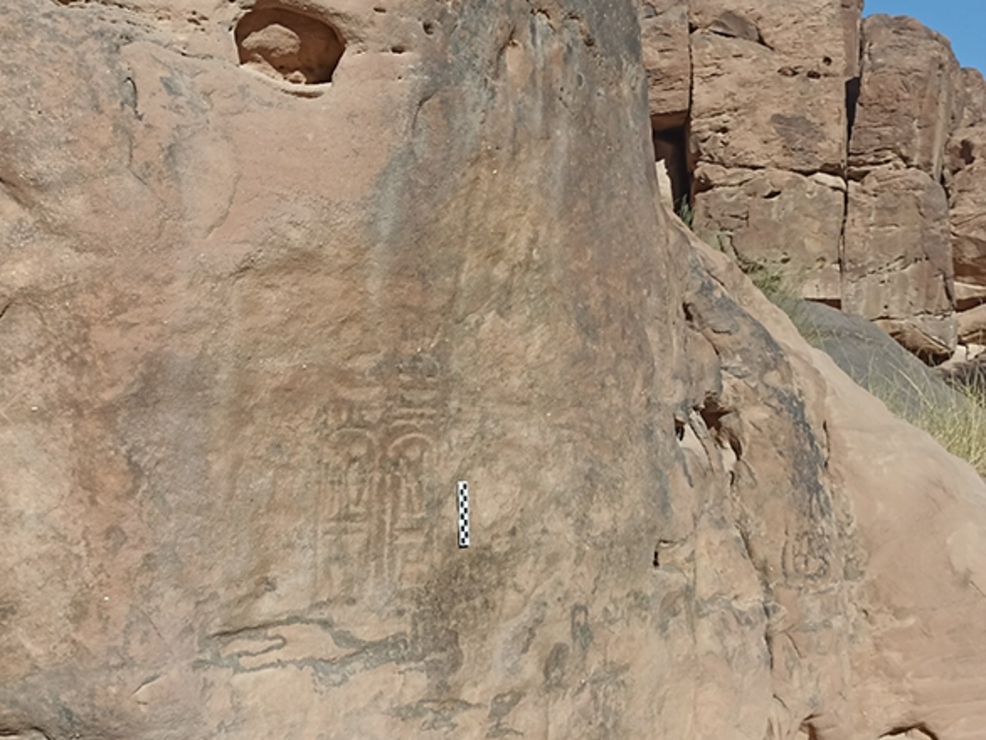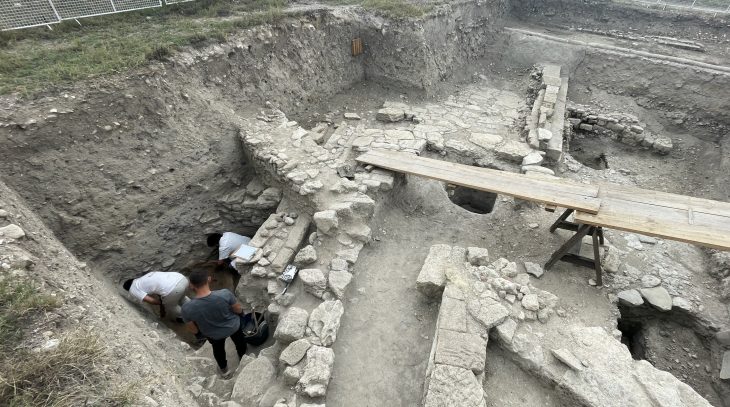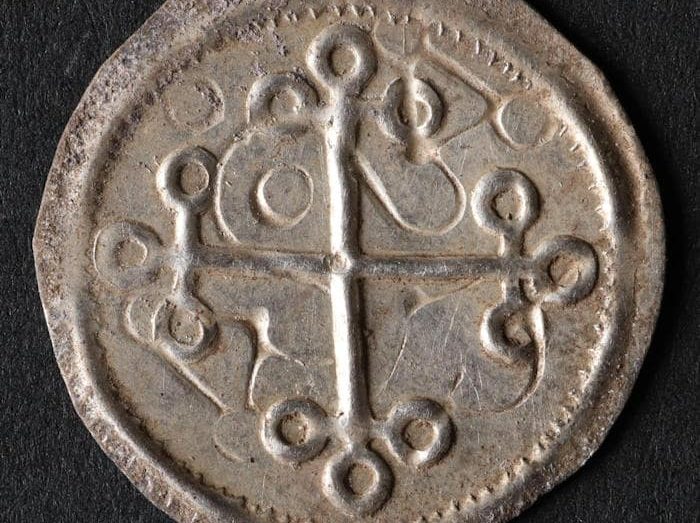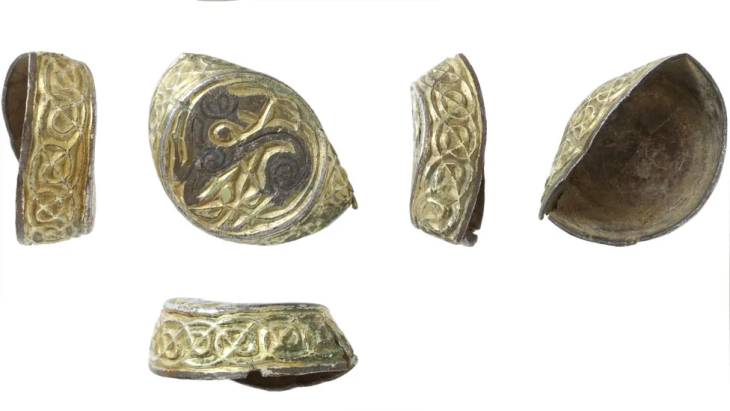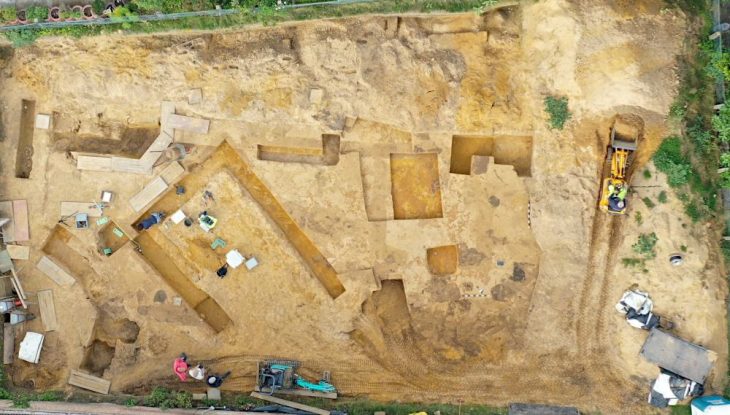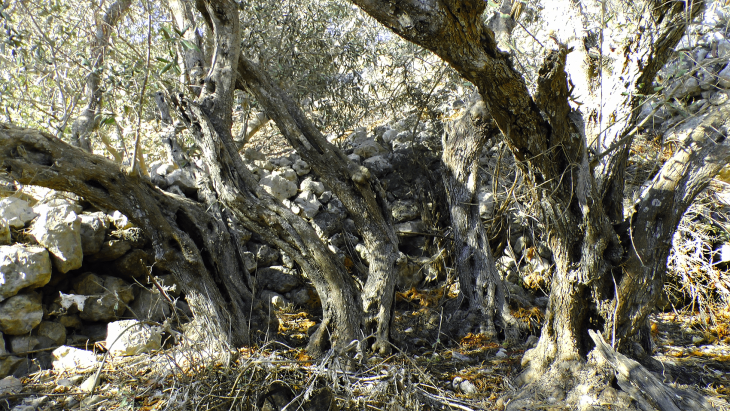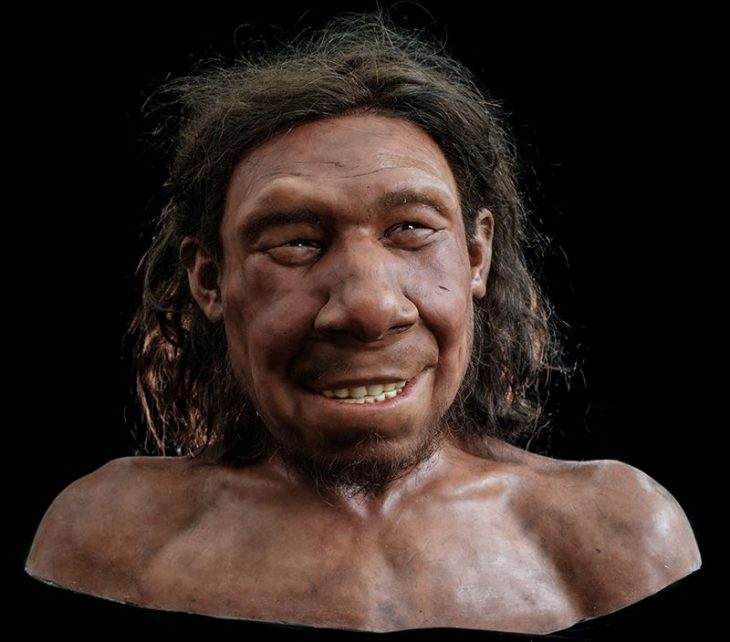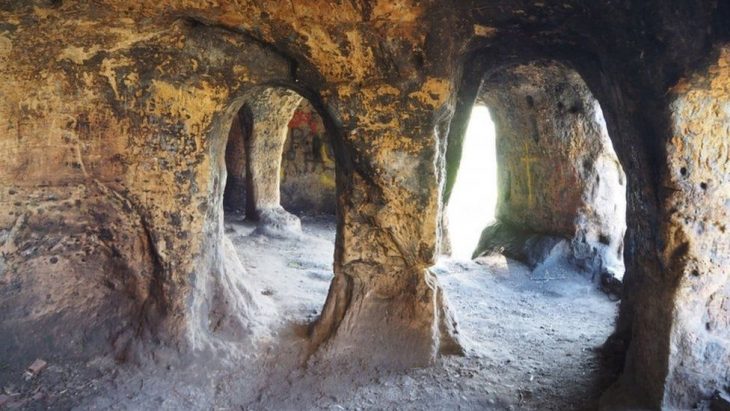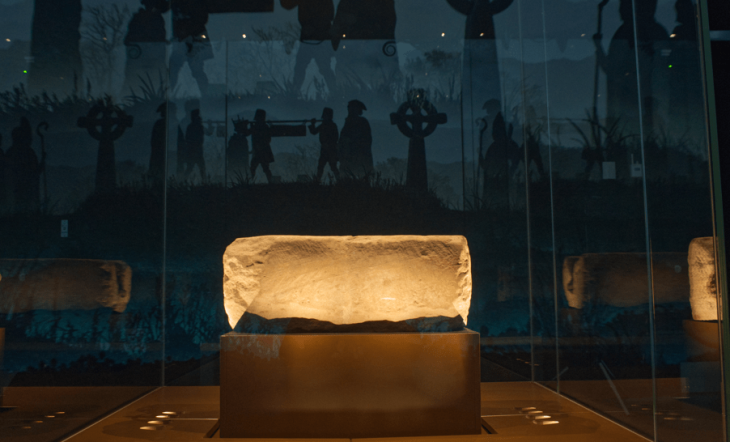In a remarkable archaeological breakthrough, a hieroglyphic inscription bearing the royal cartouche of Pharaoh Ramses III (1186–1155 BC) has been discovered in the Wadi Rum Reserve in southern Jordan.
This finding, announced by Minister of Tourism and Antiquities Lina Annab during a press briefing, is hailed as a pivotal moment in understanding the historical connections between ancient Egypt, Jordan, and the Arabian Peninsula.
Minister Annab, accompanied by esteemed Egyptian archaeologist Dr. Zahi Hawass, emphasized the uniqueness of the inscription, stating, “This is the first of its kind to be found in Jordan and provides rare, tangible evidence of Pharaonic Egypt’s historical presence in the region.” She described the discovery as a “qualitative addition” to Jordan’s rich collection of inscriptions, reinforcing the Kingdom’s status as an “open library” of cultural heritage.
The inscription, located southeast of the Wadi Rum Reserve near the Jordanian-Saudi border, includes two cartouches that bear the birth name and throne name of Ramses III, a significant ruler of Egypt’s Twentieth Dynasty. Dr. Hawass highlighted the importance of this find, suggesting that it could lead to a deeper understanding of Egypt’s interactions with the southern Levant and the Arabian Peninsula over 3,000 years ago.
“This discovery is crucial,” Hawass stated, calling for organized excavations at the site to potentially uncover further artifacts that could shed light on the historical relations between Jordan and Egypt. The collaborative effort between Jordan and the Saudi Heritage Commission aims to trace evidence of Ramses III’s campaigns in the region, marking a significant step in archaeological research.
📣 Our WhatsApp channel is now LIVE! Stay up-to-date with the latest news and updates, just click here to follow us on WhatsApp and never miss a thing!!
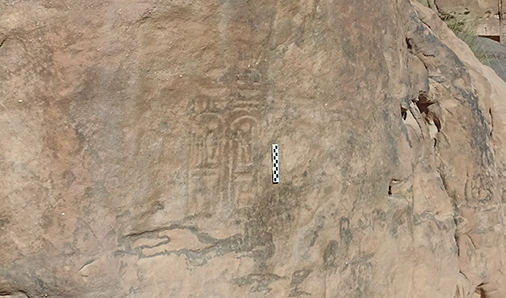
Pharaoh Ramses III, who reigned from 1186 to 1155 BC, is often regarded as the last great monarch of the New Kingdom of Egypt. He is best known for his military campaigns against the Sea Peoples, which were a confederation of naval raiders who threatened Egypt’s stability during his reign. Ramses III is also celebrated for his extensive building projects, including the construction of the magnificent temple complex at Medinet Habu, which served as a mortuary temple and a testament to his power. Ramses III’s legacy is significant, as he is often seen as a symbol of Egypt’s resilience in the face of external threats.
The discovery has been met with enthusiasm from the archaeological community, with Dr. Aktham Owaidi, Acting Director General of the Department of Antiquities, praising the collaboration and the importance of cultural and scientific exchange. He noted that Jordan’s wealth of archaeological treasures continues to serve as a beacon of heritage both regionally and globally.
Jordanian archaeologists, including Professor Ahmed Lash and Dr. Ali Manaseer, have been actively involved in documenting the inscription, which represents a vital aspect of the region’s written heritage. Their efforts, in partnership with local authorities, reflect a commitment to preserving shared cultural history.
Minister Annab expressed her gratitude for Dr. Hawass’s contributions to archaeology and heritage preservation, underscoring the importance of such collaborations in enhancing the understanding of ancient civilizations. The formal announcement of the discovery will be made once further research and analysis are completed, allowing for a comprehensive interpretation of its significance.
This remarkable find not only enriches Jordan’s archaeological narrative but also reinforces the Kingdom’s role as a significant player in the historical tapestry of the region, highlighting the enduring connections that have shaped its cultural landscape.
Cover Image Credit: An image shows the hieroglyphic inscription bearing the royal cartouche of Pharaoh Ramses III (1186–1155 BC) discovered in the Wadi Rum Reserve in southern Jordan (Credit: Ministry of Tourism and Antiquities)

